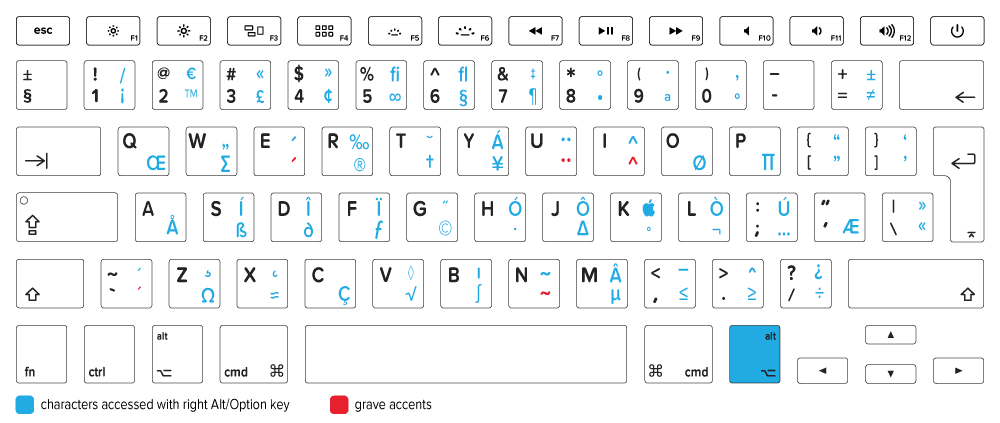
Thus, the previous coordinates, in decimal system, would correspond to: Working with geographic coordinates GGMMSS with QGIS 3 For Longitude, the values between 0 ° and 180 ° are located to the East of the Greenwich meridian and the degrees between 0 ° and -180 ° are situations to the West of said meridian. In this case, latitudes 0 ° and 90 ° would correspond to the Northern Hemisphere and those between 0 ° and -90 ° to the Southern Hemisphere. It is more common to work with data in geographic coordinate systems (WGS84, ETRS89 …) but with decimal notation. This representation format is not, however, the most used within GIS. To this system is added the initials N / S for latitude according to the hemisphere in which we are and E / W for longitude according to its location in relation to the Greenwich Meridian. Parts of a degree less than a second are expressed as a decimal part of a second. The coordinates of the 1700-odd stations, as I mentioned, were in sexagesimal notation, or what is the same, represented in degrees, minutes and seconds. Removing a somewhat strange format, according to the metadata sent the geographic coordinates, the location of each station was offered in a sexagesimal system, so editing work had to be carried out to be able to incorporate them into the Post GIS geographic base of the project. On this occasion, I am going to comment on a specific case that happened to me this week, in which I had to create a layer with the location of the AEMET weather networks located in Andalusia. Geographic coordinates in sexagesimal notation Relative position: it allows locating different territorial spaces from taking another territorial space as a reference. 4Ībsolute position: it is determined through the geographical coordinates (latitude and longitude). This explains the contrast between the polar regions, which are very cold, and the tropical regions, which are very warm. In the intertropical zone, at noon, they fall almost vertically, while they fall even more steeply the further one ascends in latitude, that is, the closer we get to the Poles. The inclination with which these rays strike the Earth’s surface is thus variable according to latitude. Given the distance that separates us from the Sun, the light rays that reach us are practically parallel. The terrestrial insolation depends on the latitude. This is solved using a data that represents the altitude in the different models used. Indication of altitude requires the choice of a spheroid model that represents the Earth, and these models produce different values for altitude.

For the parallel of the Equator, knowing that the circumference that corresponds to the Equator measures 40,075,017 km, 1 ° is equivalent to 111,319 km (the result of dividing the perimeter of the equator by 360 ° of longitude).

The distance in km to which one degree of longitude equals depends on the latitude.Īs the latitude increases, towards North or South, the kilometers per degree decrease. The meridians along with their corresponding antimeridiansthey form circumferences of 40,007,161 km in length. The lines of longitude form maximum semicircles that pass through the poles and are called meridians. This prime meridian determines the eastern and western hemispheres. The most widely accepted reference meridian is the meridian that passes through the Royal Observatory at Greenwich, located southeast of London, England. The longitude 2 (abbreviation: Long., Λ, or lambda) of a point on the Earth’s surface is the angle between the reference meridian and the meridian that passes through this point.

The equator is parallel 0 ° and divides the globe into northern and southern hemispheres thus the north pole is 90 ° N and the south pole is 90 ° S. All points with the same latitude form a plane parallel to the plane of the equator.

Lat, φ, or phi) of a point on the surface of the Earth is the angle between the equatorial plane and the line passing through this point and the center of the Earth. The horizontal position coordinates used are latitude and longitude, a spherical or spheroid angular coordinate system whose center is the center of the Earth and is usually expressed in sexagesimal degrees: The coordinates are generally chosen so that two of the references represent a horizontal position and a third represents the altitude. The geographical coordinates is a reference system that allows each location on the Earth is specified by a set of numbers, letters or symbols.


 0 kommentar(er)
0 kommentar(er)
